Uttar Pradesh Switch to Hindi
Leopard Strayed from Pilibhit Tiger Reserve
Why in News?
Recently, Forest officials captured a leopard which had strayed into Aliganj village from the nearby Pilibhit Tiger Reserve in Pilibhit district of Uttar Pradesh.
Key Points
- The Pilibhit Tiger reserve is spread over the three districts of Pilibhit, Lakhimpur Kheri and Bahraich in Uttar Pradesh.
- It covers an area of more than 700 square km and is home to a variety of wild animals including leopards and tigers.
- It forms part of Terai Arc Landscape in the upper Gangetic Plain.
- The northern edge of the reserve lies along the Indo-Nepal border while the southern boundary is marked by the river Sharada and Khakra.
Leopards
- Scientific Name: Panthera pardus
- About:
- The leopard is the smallest of the Big Cat family (of genus Panthera namely the Tiger, Lion (Panthera leo), Jaguar, Leopard, and Snow Leopard), and is known for its ability to adapt in a variety of habitats.
- A nocturnal animal, feeds on smaller species of herbivores found in its range, such as the chital, hog deer and wild boar.
- Melanism is a common occurrence in leopards, wherein the entire skin of the animal is black in colour, including its spots.
- A melanistic leopard is often called a black panther and is mistakenly thought to be a different species.
- Habitat:
- It occurs in a wide range in sub-Saharan Africa, in small parts of Western and Central Asia, on the Indian subcontinent to Southeast and East Asia.
- The Indian leopard (Panthera pardus fusca) is a leopard widely distributed on the Indian subcontinent.
- Threats:
- Poaching for the illegal trade of skins and body parts.
- Habitat loss and fragmentation
- Human-Leopard conflict
- Conservation Status:
- IUCN Red List: Vulnerable
- CITES: Appendix-I
- Indian Wildlife (Protection) Act, 1972: Schedule-I
Uttar Pradesh Switch to Hindi
Cyber Police Stations in Uttar Pradesh
Why in News?
The Uttar Pradesh government is to establish cyber police stations in 57 districts after the parliamentary polls with each cyber police station having 25 posts for officers and employees.
Key Points
- The state government, in response to the rising incidents of cybercrime nationally and globally, has decided to establish cyber police stations across all 75 districts of the state.
- While cyber stations are already operational in 18 divisions, the remaining 57 districts will also get such stations following the Lok Sabha elections.
- The finalisation of these stations will occur following the lifting of the Model Code of Conduct (MCC) and the conclusion of the general elections.
Model Code of Conduct (MCC)
- The MCC is a consensus document. The political parties have themselves agreed to keep their conduct during elections in check and to work within the Code.
- It helps the Election Commission (EC) in keeping with the mandate it has been given under Article 324 of the Constitution, which gives it the power to supervise and conduct free and fair elections to the Parliament and State Legislatures.
- The MCC is operational from the date on which the election schedule is announced until the date of the result announcement.
- The government cannot announce any financial grants, promise construction of roads or other facilities, and make any ad hoc appointments in government or public undertaking during the time the Code is in force.
- Enforceability of MCC:
- Though the MCC does not have any statutory backing, it has come to acquire strength in the past decade because of its strict enforcement by the EC.
- Certain provisions of the MCC may be enforced by invoking corresponding provisions in other statutes such as the Indian Penal Code (IPC) 1860, Code of Criminal Procedure (CrPC) 1973, and Representation of Peoples’s Act (RPA) 1951.
Cybercrime
- It is defined as a crime where a computer is the object of the crime or is used as a tool to commit an offense.
- Cybercrimes fall under State subjects as per the Seventh Schedule of the Constitution of India.
- It involves illegal or unauthorized activities that exploit technology to commit various forms of crimes.
- Cybercrime covers a wide range of offenses and can affect individuals, organizations, and even governments.
Uttar Pradesh Switch to Hindi
IMS-BHU gets Ultrasound, Echocardiogram Machines
Why in News?
The department of Geriatric Medicine at the Institute of Medical Sciences, Banaras Hindu University, officially unveiled two new portable ultrasound and echocardiogram machines.
Key Points
- The department offers complimentary in-house bedside electrocardiogram and spirometry services, along with body composition analyzer and hand grip dynamometer for frailty assessment, all provided at no cost.
- IMS BHU gave a presentation on the range of Ankylosing Spondylitis impacting the bone.
- The event was arranged by AIIMS, Jammu as part of the Asia Pacific Orthopaedic Association Young Surgeons Forum.
Ankylosing Spondylitis (AS)
- It is a type of arthritis that mainly affects the back, by causing inflammation in the spine. This can make your back, rib cage and neck stiff and painful.
- It often starts in people who are in their late teens or 20s.
- In response to the inflammation, the body produces extra calcium around the bones of the spine. This can make extra bits of bone grow and cause your back and neck to be more stiff.
The Asia Pacific Orthopaedic Association (APOA)
- It is a regional organisation of orthopaedic surgeons from the Asia Pacific region.
- It began in 1962 as the Western Pacific Orthopaedic Association. With the inclusion of countries of the Indian sub-continent in 2000, the association was renamed as the Asia Pacific Orthopaedic Association.
- It has 24 member chapters and more than 65,000 members from over 40 countries.
- Its core mission is to promote the education, research and fellowship amongst orthopaedic surgeons in this region.


.png)



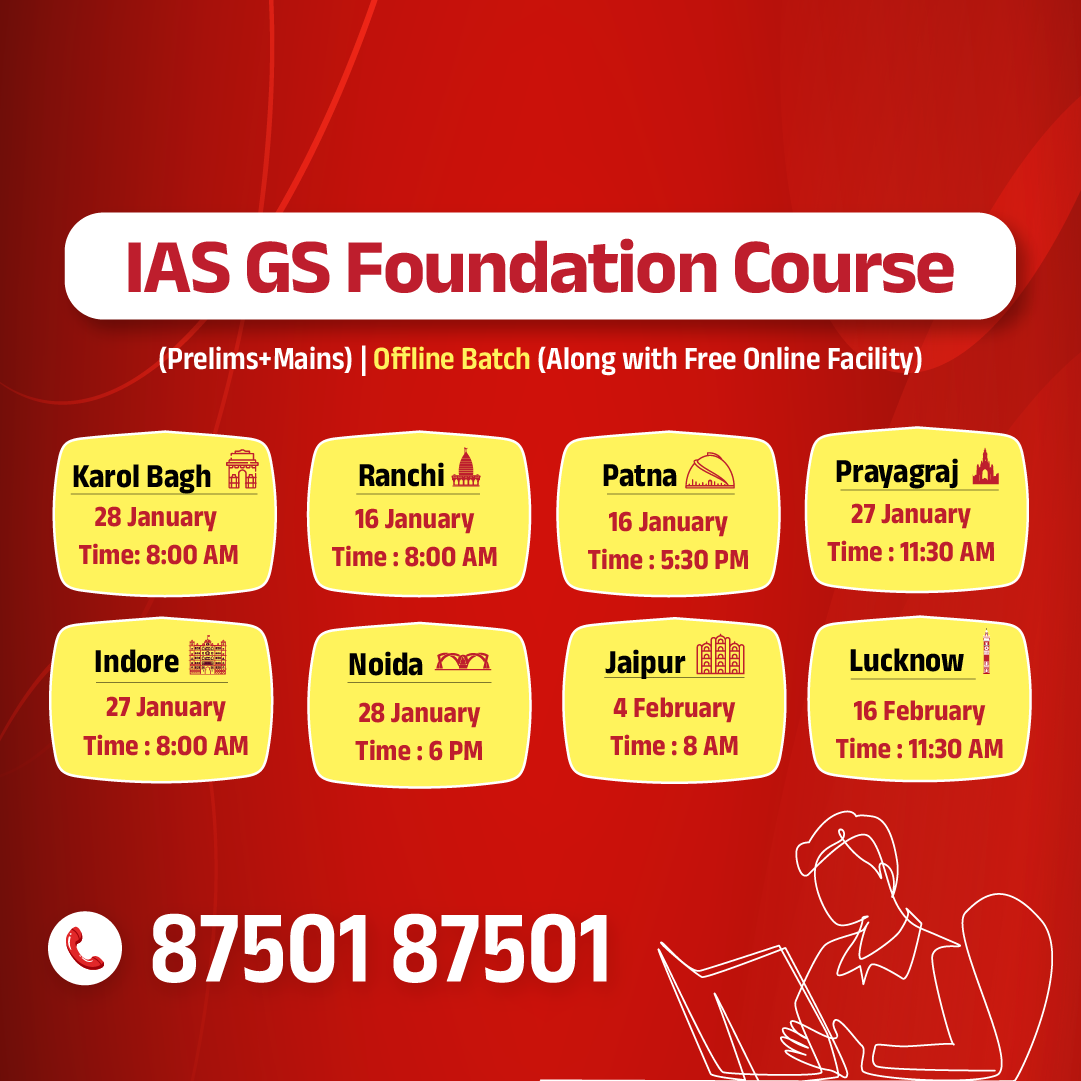
.jpg)










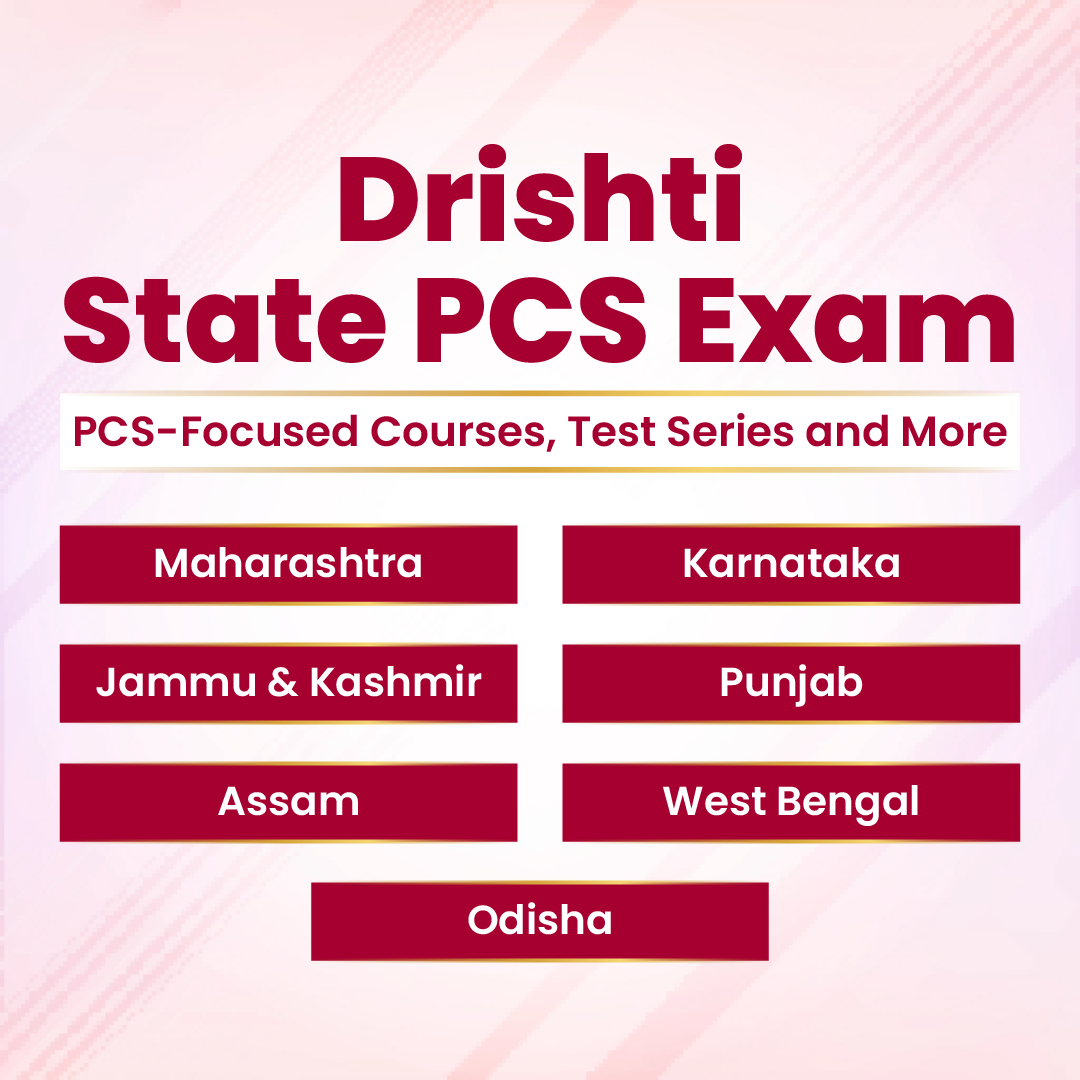



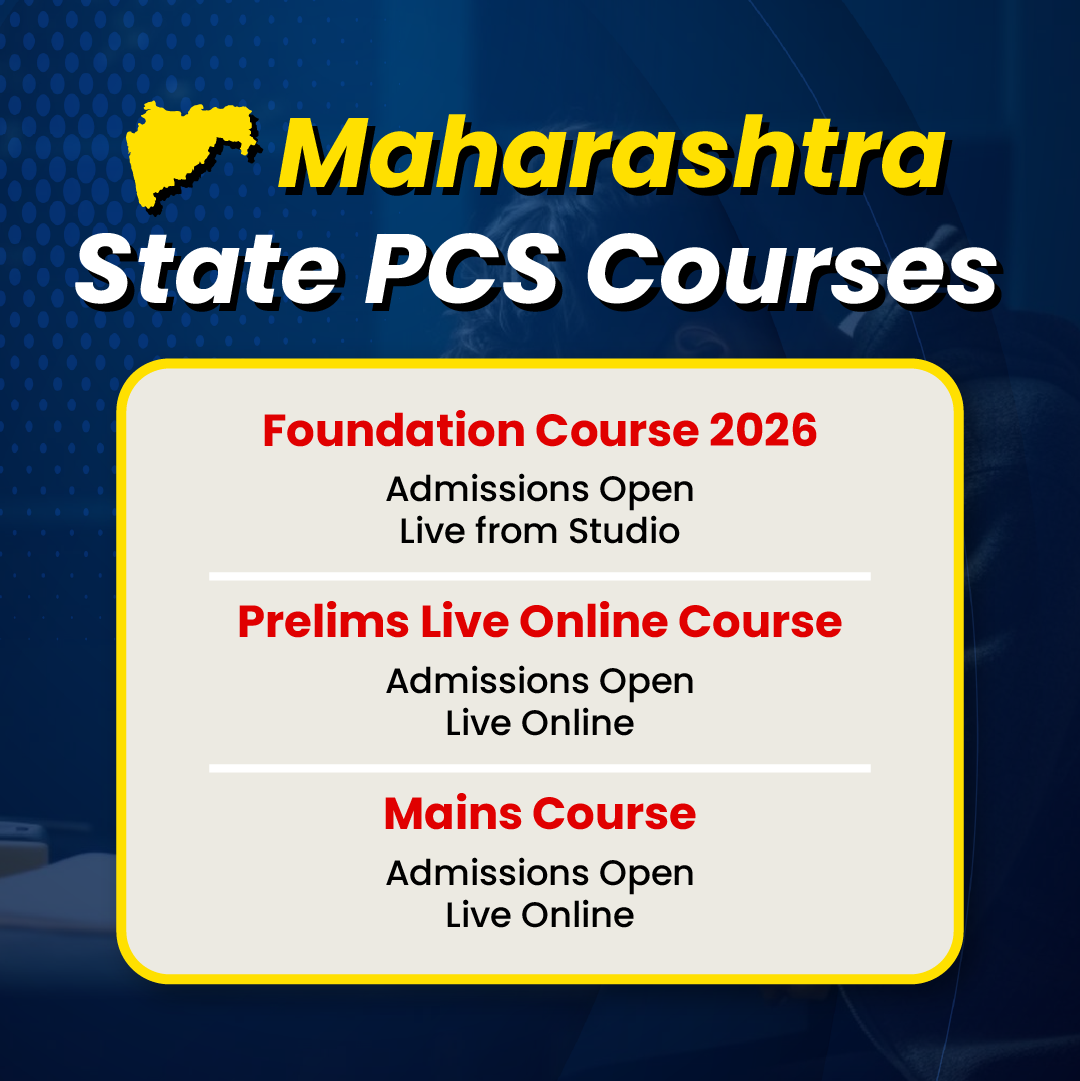

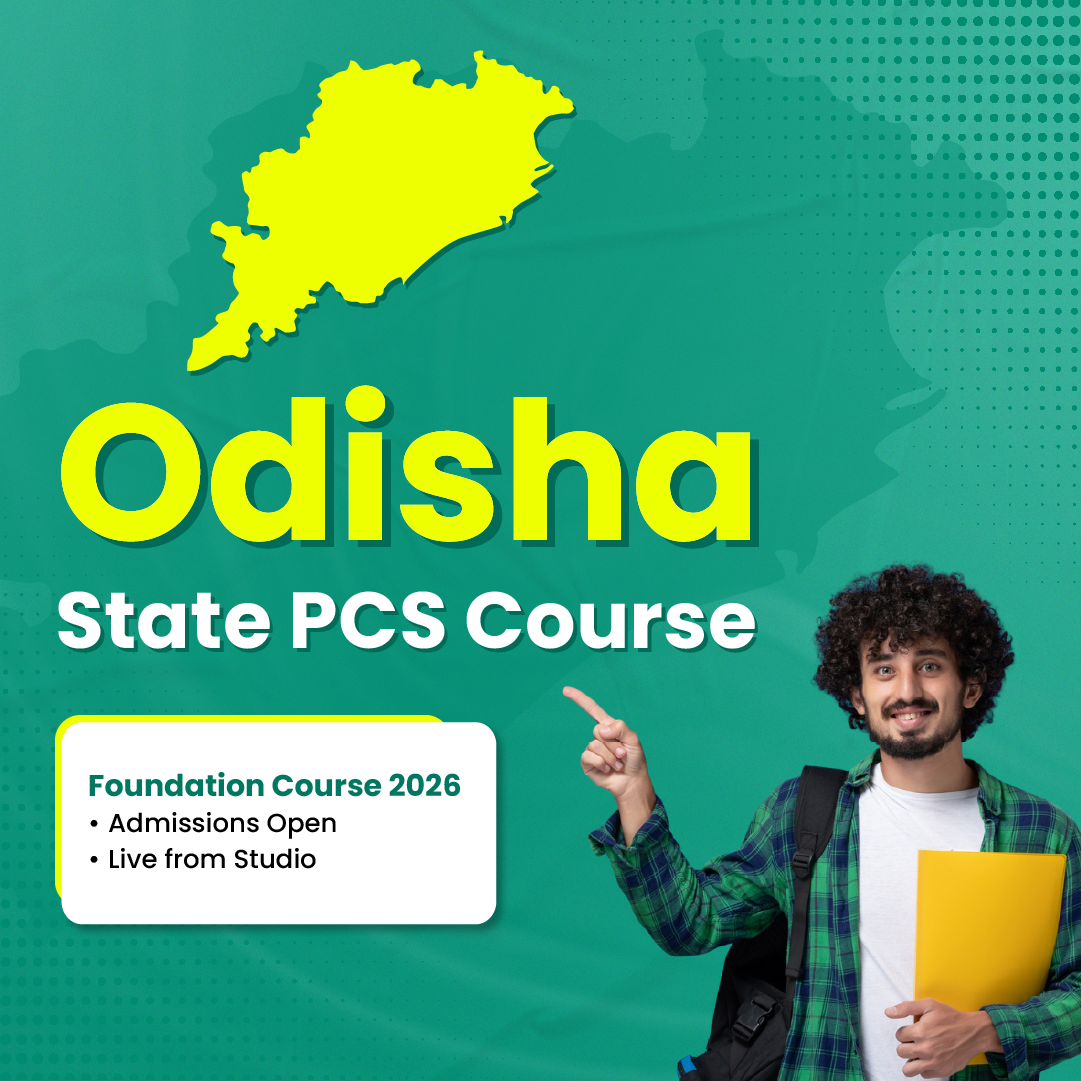



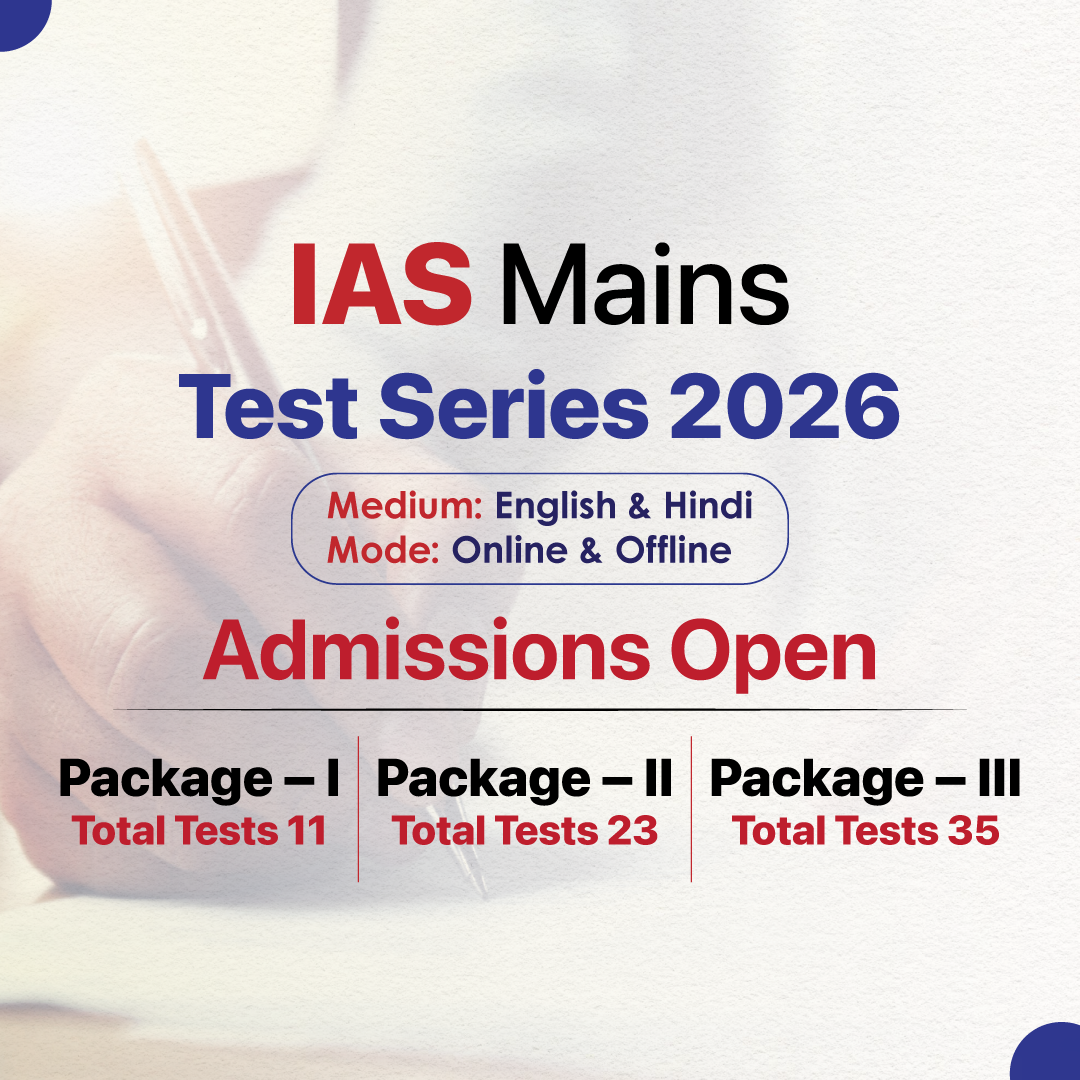


.png)


.jpg)

 PCS Parikshan
PCS Parikshan

